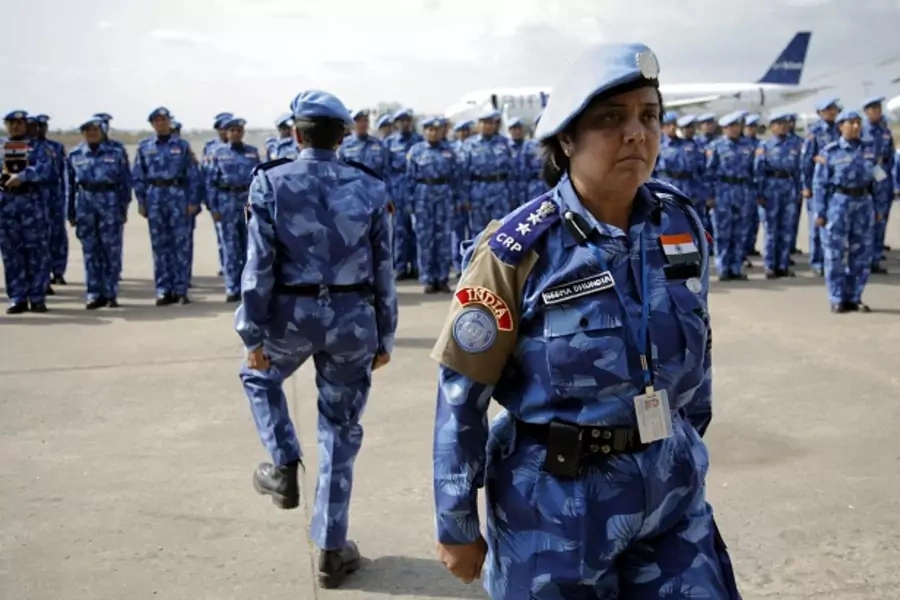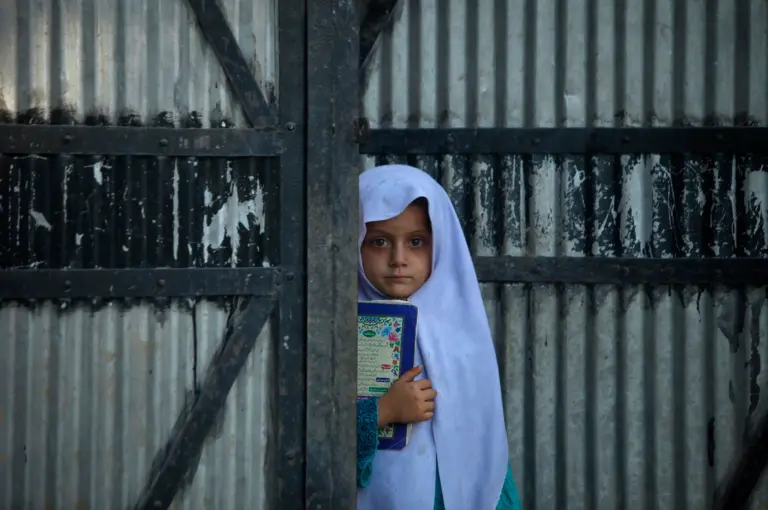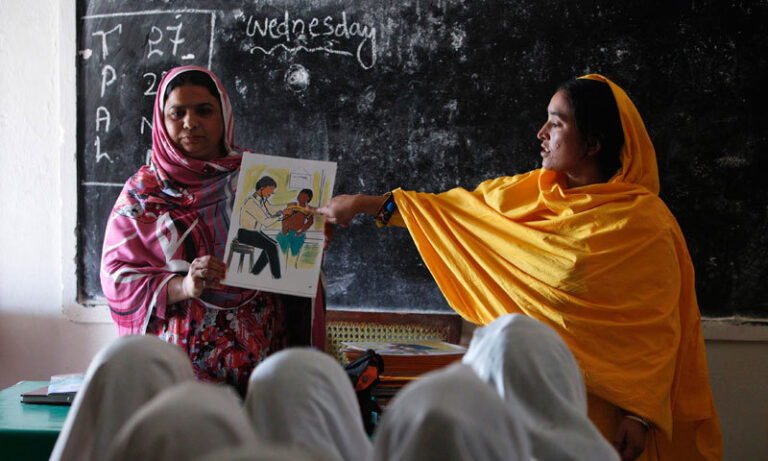How Women’s Participation in Conflict Prevention and Resolution Advances U.S. Interests
By Jamille Bigio and Rachel B. Vogelstein
A new CFR Discussion Paper, How Women’s Participation in Conflict Prevention and Resolution Advances U.S. Interests, presents compelling evidence about the value of women’s contributions to peace and security efforts and urges increased U.S. investment in women’s participation in peacebuilding, peacekeeping, and post-conflict reconstruction around the world:
“Recurrent and emerging armed conflicts, expanded terrorist and extremist networks, increased targeting of civilians, and record levels of mass displacement have defined global security in the twenty-first century. Data shows that standard peace-making methods have proven ineffective at addressing these trends: nearly half of the conflict-resolution agreements forged during the 1990s failed within five years. Recidivism for civil war is alarmingly high, with 90 percent of civil wars in the 2000s occurring in countries that had already experienced civil war during the previous thirty years. New thinking on peace and security is needed.
A growing body of research suggests that standard peace and security processes routinely overlook a critical strategy that could reduce conflict and advance stability: the inclusion of women. Evidence indicates that women’s participation in conflict prevention and resolution advances security interests. One study found that substantial inclusion of women and civil society groups in a peace negotiation makes the resulting agreement 64 percent less likely to fail and, according to another study, 35 percent more likely to last at least fifteen years. Several analyses suggest also that higher levels of gender equality are associated with a lower propensity for conflict, both between and within states. Despite growing international recognition of women’s role in security, their representation in peace and security processes has lagged.
Between 1992 and 2011, women represented fewer than 4 percent of signatories to peace agreements and 9 percent of negotiators. In 2015, only 3 percent of UN military peacekeepers and 10 percent of UN police personnel were women, substantially lower than the UN target of 20 percent. And despite the role that local women’s groups could play in preventing and resolving conflicts, they received just 0.4 percent of the aid to fragile states from major donor countries in 2012–2013.
The next U.S. administration should require women’s representation and meaningful participation in conflict resolution and post-conflict processes, increase investment in efforts that promote women’s inclusion, reform U.S. diplomatic and security practices to incorporate the experiences of women in conflict-affected countries, improve staffing and coordination to deliver on government commitments, strengthen training on incorporating women in security efforts, and promote accountability. These steps will help the United States respond effectively to security threats around the world, improve the sustainability of peace agreements, and advance U.S. interests.”





